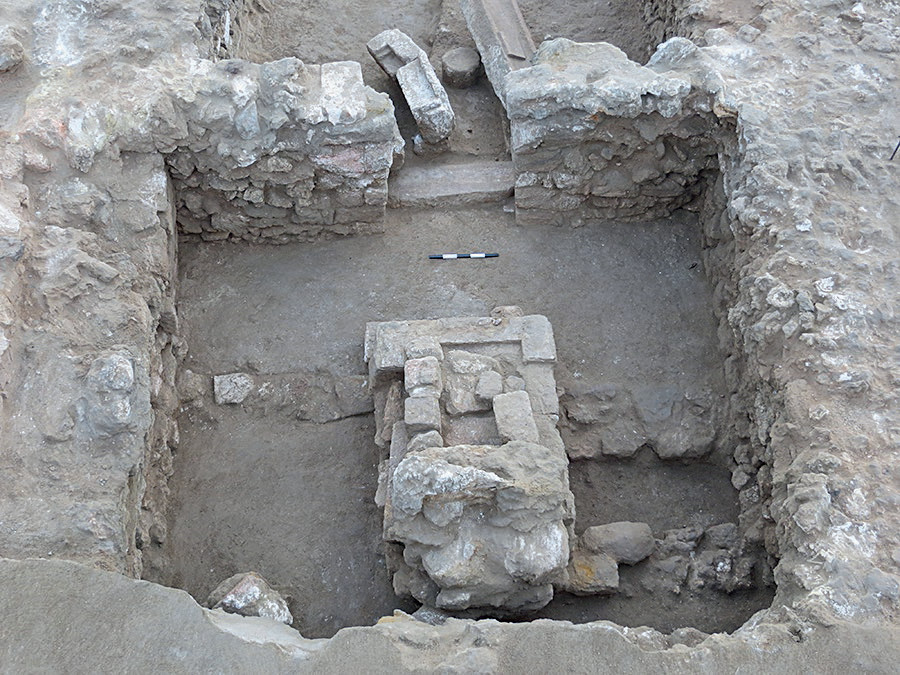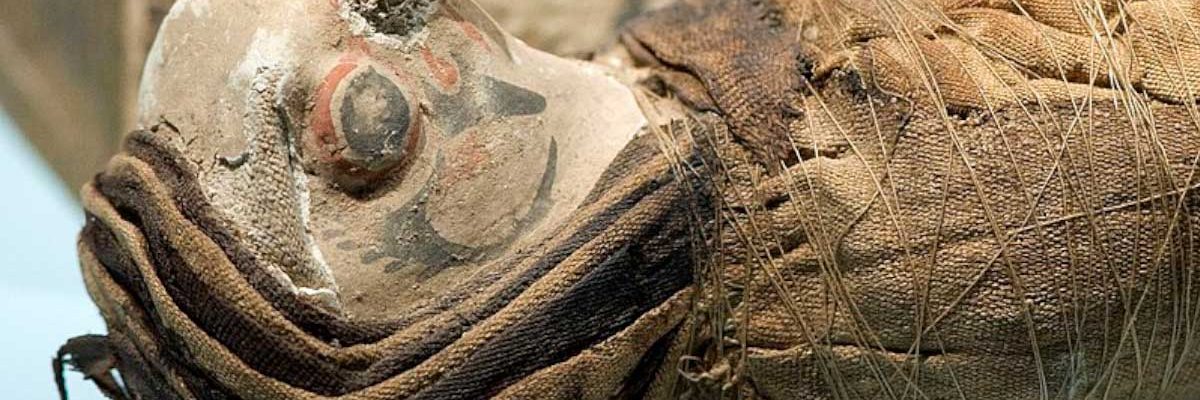The study was published in the American Journal of Archaeology. Source: Universitat Autonoma De Barcelona.
A team of archaeologists have uncovered several headless falcons, leading experts to believe that they were part of a ritual related to an ancient falcon cult.
The discovery was made during excavations at the Hellenistic-Roman port of Berenike on Egypt’s east coast in 2019 with experts believing the site belonged to an ancient people known as the Blemmyes.
These people were semi-nomadic and thought to have lived in the area between the 4th and 6th centuries B.C.E with previous excavations revealing the archaeological site was most likely a ritualistic space.
“The material findings are particularly remarkable and include offerings such as harpoons, cube-shaped statues, and a stele with indications related to religious activities,” said Universitat Autonoma De Barcelona Professor Joan Oller Guzman.
Among the 15 headless Falcons were 735 animals remains, largely skeletons of fish, birds, and mammals which all were thought to be some kind of offering said researchers.
“The significance of the cult for the individual falcons relates to the sun god Re-Harakhty or the sky god Horus of Edfu. Also unique to Berenike are the falcon eggshells found in the shrine.

“The addition of eggs in votive offerings of animal mummies was common practice, well known from burials of ibises and crocodiles, but falcon eggs have not been identified in excavated contexts previously.”
Within the temple were several inscriptions, which add to the theory that it’s sole purpose was for falcon cult rituals.
“It is improper to boil a head in here” said one of the inscriptions which is thought to have been a warning to people visiting the temple of certain practices that were not allowed.
Professor Oller said that these discoveries are helping them to piece together clues about the lives of the Blemmyes.
“All of these elements point to intense ritual activities combining Egyptian traditions with contributions from the Blemmyes, sustained by a theological base possibly related to the worshipping of the god Khonsu,” he said.
“The discoveries expand our knowledge of these semi-nomad people, the Blemmyes, living in the Eastern desert during the decline of the Roman Empire”.





